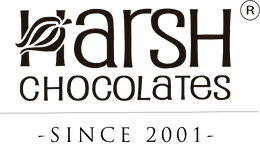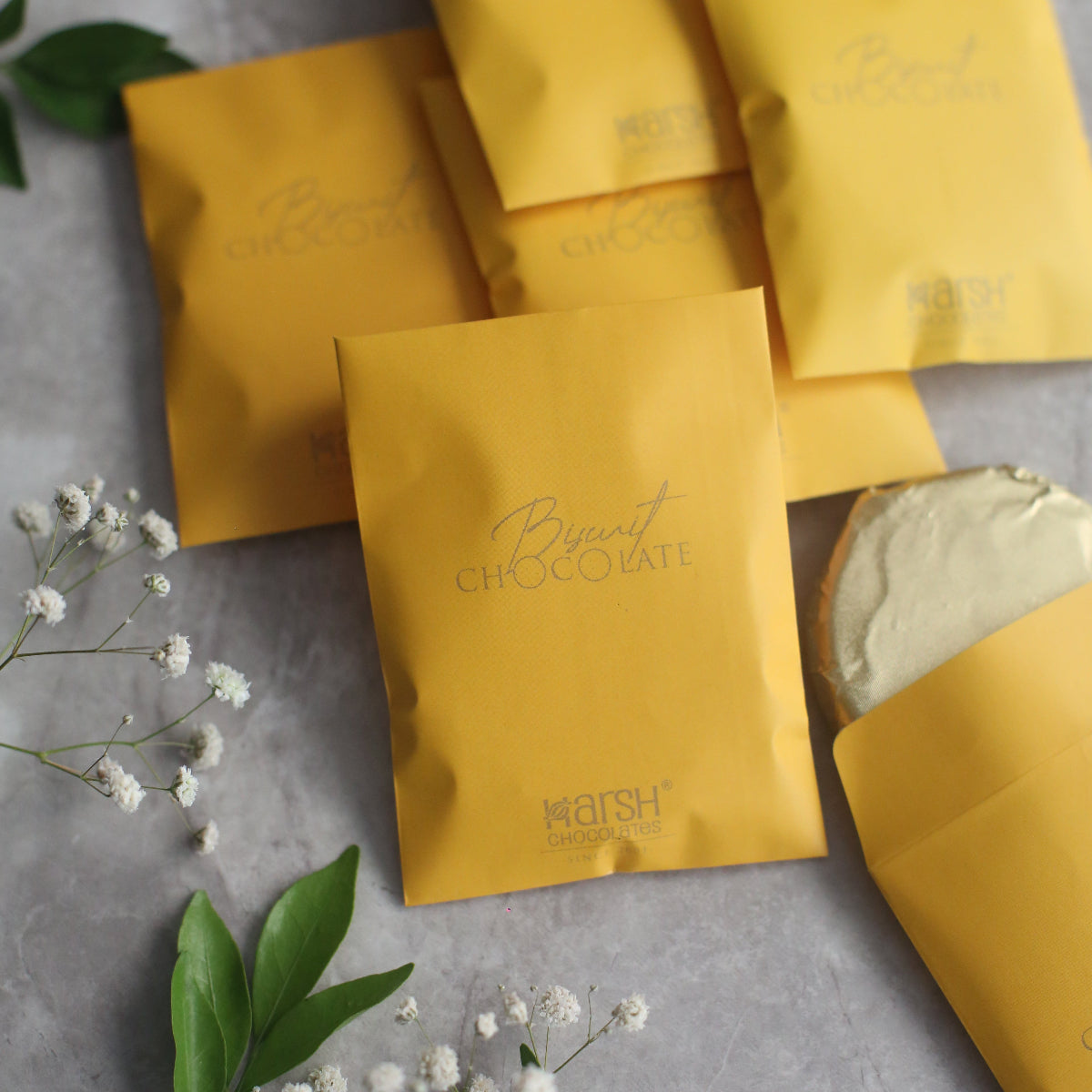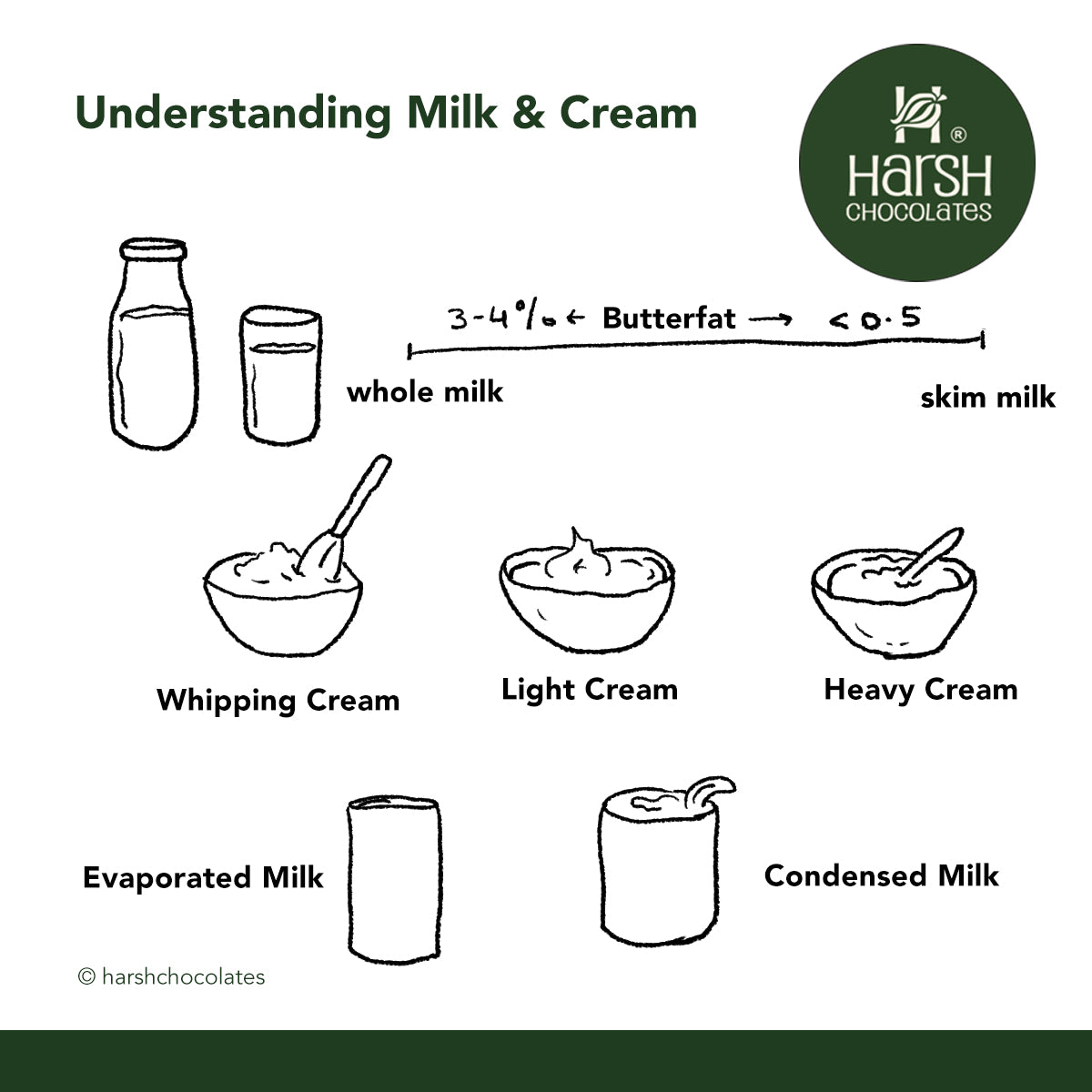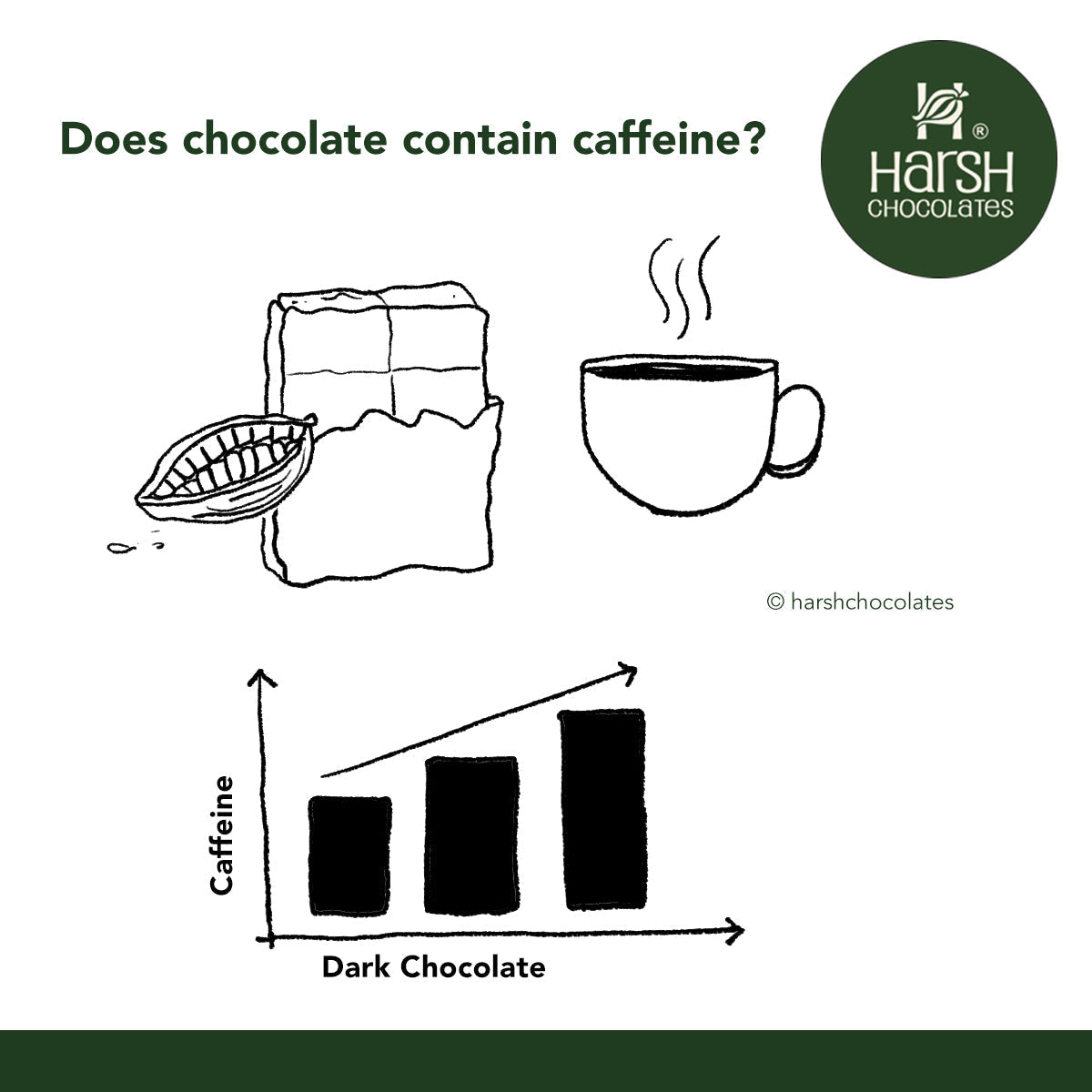Milk and cream play essential roles in cooking and baking, but with so many variations—whole milk, skim milk, heavy cream, half-and-half—it can get confusing. The key difference? Butterfat content.
Let’s break it down so you can confidently choose the right type for your recipes.
Milk: A Breakdown by Fat Content
Milk consists of water, milk solids, and butterfat. When left to settle (in its unpasteurized form), the heavier cream rises to the top while skim milk remains below. The butterfat percentage determines the type of milk:
- Whole Milk– 3.5% butterfat
- 2% Milk (Low-Fat Milk)– 2% butterfat
- 1% Milk (Low-Fat Milk)– 1% butterfat
- Skim Milk (Fat-Free Milk)– Less than 0.5% butterfat
Lower fat content = a lighter, less creamy texture.
Cream: The Richer Side of Dairy
Cream is simply milk with a higher concentration of butterfat. Here’s how different types of cream compare:
- Light Cream– 18% butterfat
- Whipping Cream– 35% butterfat
- Heavy Cream (or Heavy Whipping Cream)– 36% butterfat
If you continue removing water from cream, you eventually get butter, which legally must contain at least 80% butterfat.
Half-and-Half – A mix of whole milk and light cream, with 10.5% butterfat.
- Commonly used in coffee and some recipes.
- Fat-free half-and-half exists, but it’s made with skim milk, corn syrup, and thickeners, which may not work well in cooking.
Evaporated Milk vs. Sweetened Condensed Milk
Both are shelf-stable canned milk products, but they serve different purposes.
Evaporated Milk
- 60% of its water content is removed.
- Available in regular, low-fat, and fat-free varieties.
- Can be diluted 1:1 with water to mimic whole milk.
- Used in soups, sauces, and creamy recipes.
Sweetened Condensed Milk
- Like evaporated milk but with added sugar.
- Thicker, sweeter, and commonly used in desserts and candies.
- Has a longer shelf life due to its high sugar content.
Choosing the Right Dairy for Your Recipes
- Need to whip cream? Use whipping cream or heavy cream. Lighter creams (half-and-half, light cream) won’t whip properly due to lower fat content.
- Making a sauce? Heavy cream is best because it resists curdling better than light cream.
- Need half-and-half but don’t have it?
Make your own by mixing:
- 4 parts whole milk + 1 part heavy cream
- 3 parts whole milk + 1 part light whipping cream
Final Thoughts
The higher the butterfat, the richer and creamier the milk or cream. Understanding these differences ensures you use the right type for cooking, baking, or your morning coffee!





